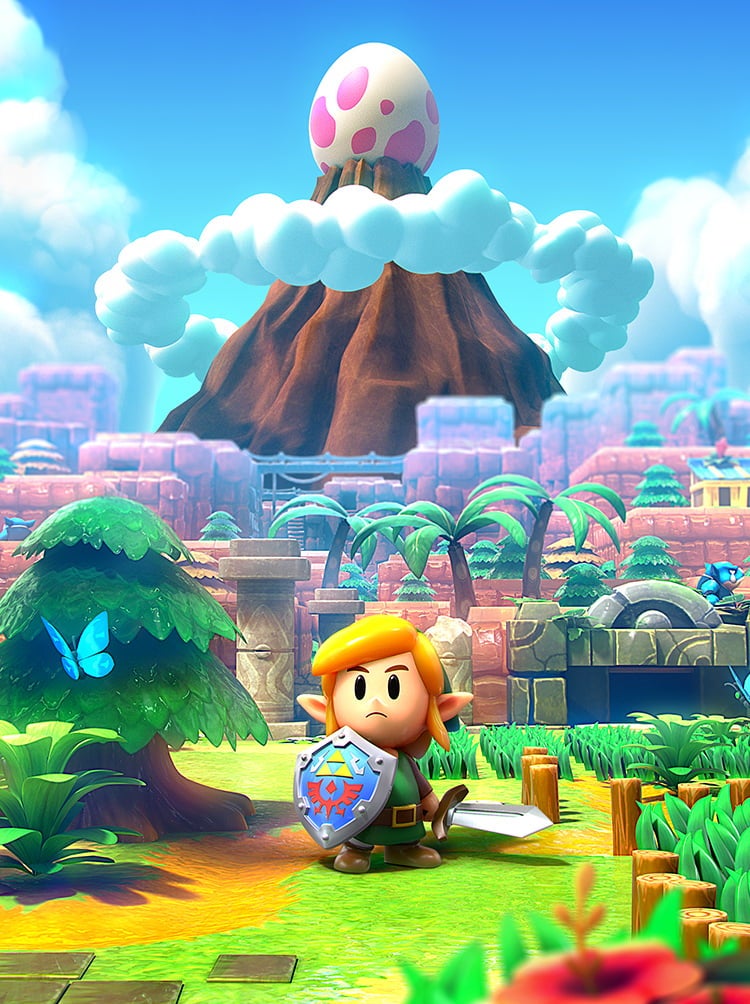

Whenever you get stuck in Link's Awakening, the answer you seek is somewhere, certainly, but it might be hidden away in a single dialogue bubble in the game's main town-and that dialogue changed after you beat one dungeon, though you'd have no reason to know that. But this window of the earliest Zelda fare speaks to a different quality: the game is full of opaque riddles and stopping points. That all will sound familiar when talking about pretty much any Zelda game.


And many of the world's puzzles hinge on finding and using brand-new items. You proceed through a large overworld and its many dungeons to acquire keys and items while battling monsters and bosses. You play as Link, an adventuring child in a green tunic who wakes up under mysterious circumstances. What does that mean, exactly? On a basic level, this is top-down Zelda adventuring of old. Nintendo has rewound to a very specific adventure design era, somewhere between 1986's Legend of Zelda and 1991's Link to the Past, by re-releasing its final 8-bit Zelda game in such authentic fashion. Need to solve a puzzle? Wondering where one of the game's "seashell" collectibles is hiding? Stuck on a boss's weak point? Go ahead, read an ASCII-formatted, decades-old walkthrough on a site like GameFAQs. It's that allegiant to the source material, right down to the placement of terrain, enemies, and doorways. Let's be frank: You can spoil most of the new Link's Awakening by watching an existing YouTube playthrough of the Game Boy original. As a result, you may not find a more polarizing first-party game on the Nintendo Switch. No Nintendo game has ever returned with this much of a luxurious, jaw-dropping coat of audio-visual paint-while also gripping so fiercely to its original gameplay. This year's remake of The Legend of Zelda: Link's Awakening, which debuted on the original Game Boy in 1993, stands alone in the company's re-release pantheon. There's also an in-between zone where a classic returns more-or-less authentically but with clear "quality-of-life" changes and other surprise twists. Sometimes, we get a full redo of a classic with new controls, mechanics, and plot. Sometimes, the company serves a graphical touch-up and nothing more.

Links: Official website | AmazonWhat can you expect from an official remake of a Nintendo classic? For nearly three decades, the answer has been all over the map. Game details Developer: Nintendo EPD, Grezzo


 0 kommentar(er)
0 kommentar(er)
